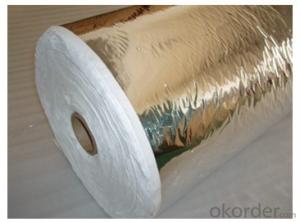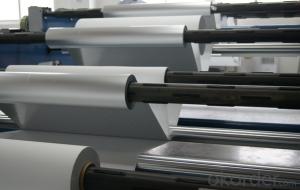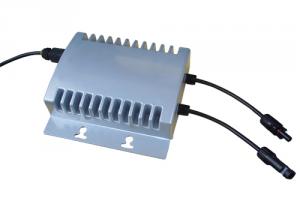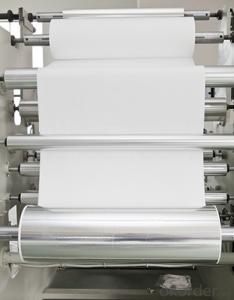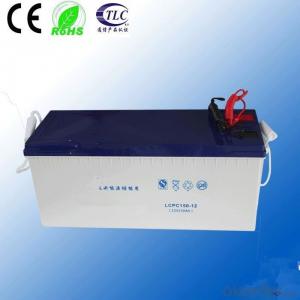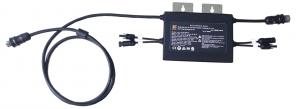Lead Solar Micro Inverter
Lead Solar Micro Inverter Related Searches
Cryogenic Pipe Insulation Fiberglass Wall Insulation 2 Inch Styrofoam Insulation Sheets R49 Fiberglass Insulation Home Insulation Contractors 4 Inch Styrofoam Insulation Indoor Window Insulation Melamine Coated Paper Fiberglass Roof Shingles Pe InsulationHot Searches
Type Of Inverter For Solar Types Of Inverter For Solar Used Solar Inverter For Sale Inverter Size For Solar System Solar Edge Inverter For Sale 5kw Solar Inverter For Sale Solar Inverter For Sale Solar Inverter For Battery Solar Inverter For Split Ac Solar Inverter For Laptop Solar Inverter For Fridge Solar With Inverter Price Solar Inverter With 2 Battery Solar Inverter Price In China Best Solar Inverter In China Solar Inverter Price In Dubai Solar Inverter Price In Uae Solar Inverter Price In Kenya Solar Inverter Price In Kerala Solar Hot Water Collectors For SaleLead Solar Micro Inverter Supplier & Manufacturer from China
Okorder.com is a professional Lead Solar Micro Inverter supplier & manufacturer, offers integrated one-stop services including real-time quoting and online cargo tracking. We are funded by CNBM Group, a Fortune 500 enterprise and the largest Lead Solar Micro Inverter firm in China.Hot Products
FAQ
- A solar inverter handles grid faults or disturbances by continuously monitoring the grid voltage and frequency. When a fault or disturbance is detected, the solar inverter quickly disconnects from the grid to ensure safety and protect the system. It then enters a standby mode until the grid returns to normal conditions. Once the grid stabilizes, the solar inverter reconnects and resumes its normal operation of converting solar energy into usable electricity.
- One advantage of using a transformerless solar inverter is its higher efficiency. By eliminating the need for a bulky and heavy transformer, the inverter can convert the DC power from the solar panels to AC power more efficiently. This results in less energy loss during the conversion process, leading to higher overall system efficiency and increased energy generation. Additionally, transformerless inverters tend to be smaller and lighter, making them easier to install and maintain.
- There are several advantages of using a solar inverter. Firstly, solar inverters convert the direct current (DC) generated by solar panels into alternating current (AC), which is the type of electricity used in most homes and businesses. This allows for the seamless integration of solar power into the existing electrical grid. Secondly, solar inverters optimize the performance of solar panels by constantly monitoring and adjusting the voltage and current levels. This ensures that the panels are operating at their maximum power output, resulting in higher energy efficiency and increased electricity production. Moreover, solar inverters enable net metering, which allows excess solar energy to be fed back into the grid, effectively spinning the electricity meter backward. This can lead to significant savings on electricity bills or even generate income through feed-in tariffs. Additionally, solar inverters offer advanced monitoring capabilities, allowing homeowners and system operators to track the energy production and performance of their solar systems in real-time. This data enables better system maintenance, troubleshooting, and optimization. Lastly, solar inverters contribute to a cleaner and more sustainable energy future by reducing dependence on fossil fuels and minimizing greenhouse gas emissions. They play a crucial role in harnessing the power of the sun to generate clean, renewable energy.
- Yes, a solar inverter can be upgraded or expanded. Upgrades can involve increasing the capacity or efficiency of the existing inverter, while expansion typically refers to adding more inverters to the system to accommodate additional solar panels or increase the overall energy output. However, it is important to consult with a professional to ensure compatibility and proper integration with the existing solar power system.
- Yes, a solar inverter can be used with a grid-tied system and a battery backup. In such a setup, the solar inverter will convert the DC power generated by the solar panels into AC power for use in the home or to feed back into the grid. The grid-tied system allows excess solar power to be sold back to the grid, while the battery backup system stores excess power for use during times of low solar generation or power outages.
- Yes, solar inverters can be used in regions with high levels of dust or debris. However, it is important to regularly clean and maintain the solar panels and inverters to ensure optimal performance and prevent any potential damage caused by the accumulation of dust or debris.
- The role of a power control unit in a solar inverter is to regulate and control the flow of electricity between the solar panels and the grid. It ensures maximum power output from the solar panels by optimizing their performance and matching it with the electrical requirements of the grid. Additionally, it provides protection against overvoltage, overcurrent, and other electrical faults to ensure safe and efficient operation of the solar inverter system.
- Yes, a solar inverter can be used in a solar-powered electric vehicle charging station. The solar inverter is responsible for converting the direct current (DC) generated by the solar panels into alternating current (AC) that can be used to charge electric vehicles. This allows the charging station to utilize the solar energy efficiently and power the charging process for electric vehicles.


